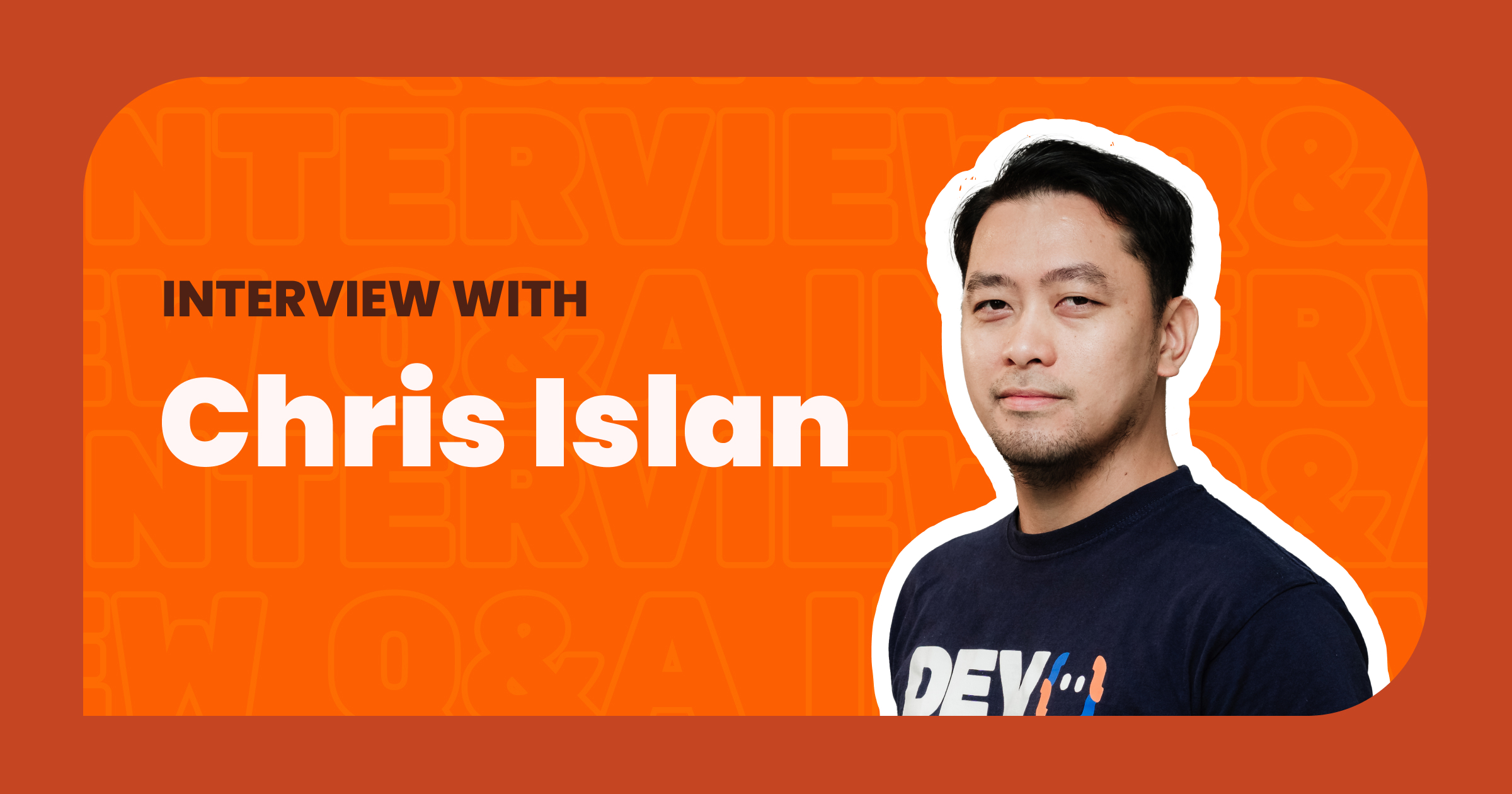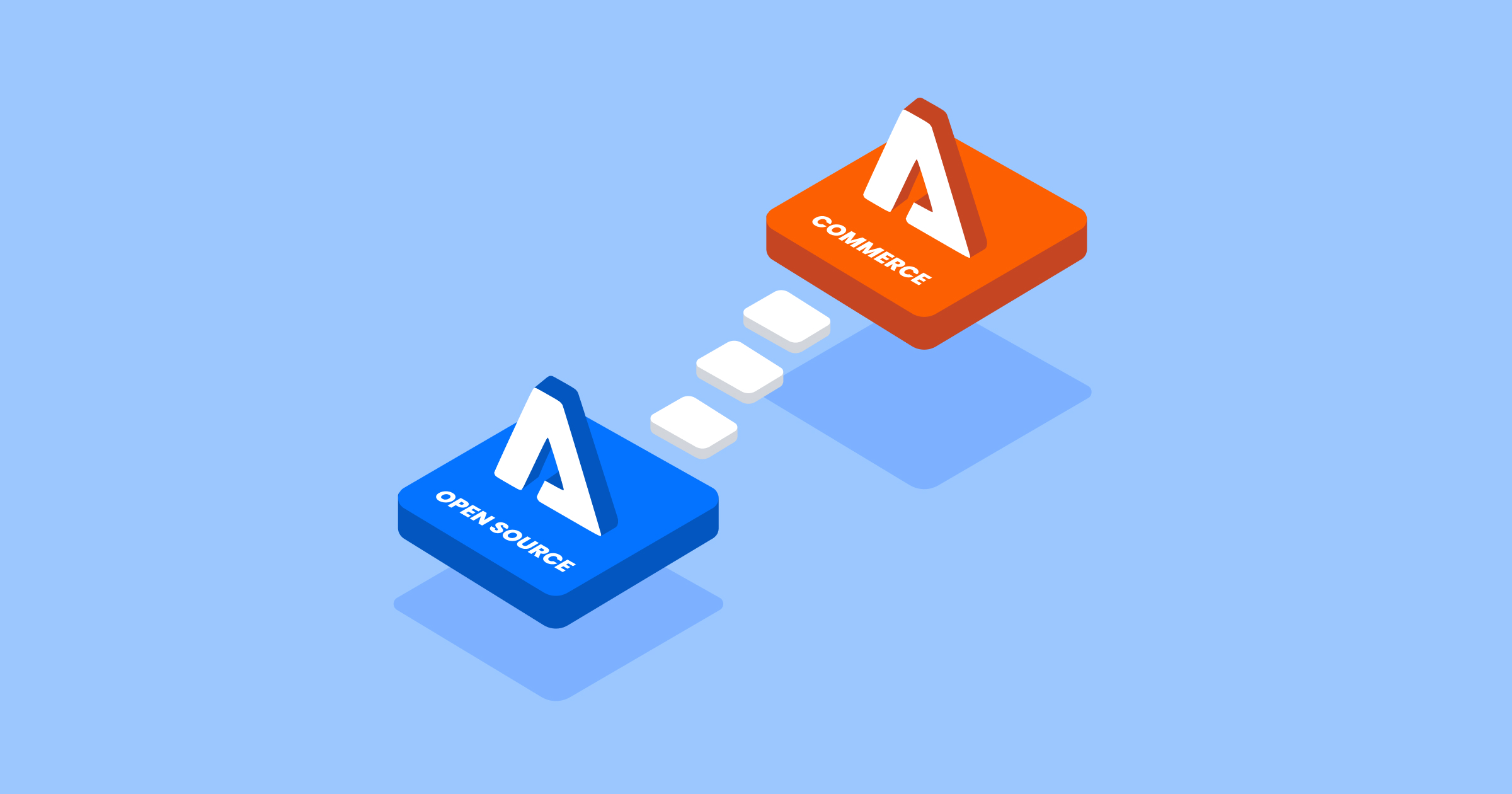
Introduction
To put it simply, headless implementation is the process of setting up headless architecture. It involves separating the back end (content management) from the front end (user interface) allowing content to be delivered via an API to any device or platform for greater flexibility. It’s becoming increasingly popular in the e-commerce space but is it worth the risk?
The Pros and Cons
While headless architecture can lead to high-performing and innovative websites, it also presents various hurdles. It’s not always right for every business. It’s important to weigh up the benefits against the potential challenges.
| Advantages | Disadvantages |
| Ultimate flexibility, allows independent development of frontend and backend, enabling tailored user experiences. | Increased complexity which requires specialised architectural knowledge. |
| Easier to scale and manage different components separately. | Higher costs for extensive planning and infrastructure. |
| Optimised frontend performance, including faster load times. | High maintenance, monitoring multiple systems which can be resource-intensive. |
How Adobe Implements Headless Architecture
Adobe Venia is a reference storefront for Magento PWA (Progressive Web Application) Studio. Designed to demonstrate the capabilities and best practices for building a headless frontend on top of Magento, Adobe Venia provides a starting point for developers to build their own PWA storefronts. “One of the main difficulties in using Adobe Venia (PWA) is mastering GraphQL queries. GraphQL is more flexible than REST APIs, but it involves quite a bit of learning to fully utilise it. From our experience, it was challenging to manage multiple services and ensure compatibility between them, on top of ensuring data consistency across the various microservices.” Alvin, our Development Manager.
Some of the challenges we faced included integrating third-party services which required customer connectors and extensive testing to ensure it was reliable. PWA Studio is also not a conventional HTML page and so it didn’t work well with Google search engine indexing. We used and installed https://prerender.io that provides HTML snapshots of the dynamic pages to the search engine bots, ensuring content was accurately indexed.
Another challenge we encountered was dips in conversion rate which in hindsight we could have managed with SEO support. And finally, during launch we faced issues with different devices. Tools like https://noibu.com can be used to prioritise which errors to fix as it shows $ value of loss providing a layer of prioritisation.
“Switching to Adobe Venia (PWA) brings some great perks like better performance, a top-notch mobile experience, and using the latest development practices,” said Mayk, Senior Magento Frontend Developer. “But it also comes with its own set of challenges, especially when it comes to setup, theming, customization, and integration. Developers will need to spend some time learning new technologies like React and GraphQL, and getting used to a new workflow. Even with these hurdles, the long-term benefits for user experience and engagement are well worth it.”
Considerations: The Cost Factor
We can’t talk about Headless implementations without discussing the cost factor. Any headless implementation is inherently more expensive than a traditional monolithic setup. This is because it involves more components, more integration work, and often more specialised skills to manage the decoupled systems. If performance is your primary concern, you might want to consider solutions like Hyva first, which can optimise the monolithic architecture without the complexities and costs associated with headless setups.
Considerations: Expect Delays Ahead
While headless implementation offers significant benefits, it can be time-consuming, leading to a longer delivery timeline. Here’s what to expect:
- Longer development cycles as developers need time to familiarise themselves with this complex architecture.
- Extensive upfront planning and well-thought API design and strategy.
- Increased testing requirements, and maintenance to ensure components work independently and together.
- Coordination challenges, effective communications between teams are crucial.
- Infrastructure Setup and configuration generally takes longer.
Potential Delays
- Integration issues such as API changes and version mismatches.
- Unexpected technical challenges like performance bottlenecks and security vulnerabilities.
- Resource constraints of expertise and developers time.
Solutions we came up with to mitigate these delays…
- Operation organised – maintain detailed documentation for APIs, workflows, and development guidelines to help align team members. Manage client expectations through clear project roadmaps and timelines.
- Agile project management – break down the project into smaller tasks with more frequent updates. Regular sprints for top consistent progression.
- Clear comms channels – we use tools like slack, jira and monday and conduct regular meetings to track progress.
- Automated Testing and Deployment Process
- Upskill our team members – Bridging the knowledge gap with training programs where we can.
Considerations: Maintenance and Support
Maintaining a headless Magento setup involves regular updates to various components, including the frontend application, backend services, APIs, and integration layers. These updates are crucial for incorporating new features, fixing bugs, and addressing security vulnerabilities. Unlike monolithic architectures, where updates are applied to a single codebase, headless implementations involve multiple interconnected systems, requiring careful planning and coordination.
Monitoring is essential to detect and respond to issues proactively. An automation tool can help streamline this, but it’s an additional resource that costs upfront and is offset in the long run. While the maintenance requirements of headless Magento implementations may seem daunting, they also present opportunities for businesses. By investing in robust maintenance strategies, businesses can ensure the long-term viability and scalability of their e-commerce platforms.
So what’s the conclusion?
Headless implementations pursued solely for performance improvements have not always delivered the expected silver bullet solution. While they have the potential to enhance performance, they come at a higher cost and complexity. For many businesses, the performance gains have not translated into the significant bottom-line impact that was anticipated.
The choice between monolithic and headless architectures in Magento is not just about performance. It’s about aligning with your business needs, budget, and long-term strategy. While headless can offer significant benefits, it comes with higher costs and complexity. On the other hand, a monolithic approach can be simpler and more cost-effective, especially if approached with a mindset that keeps future headless capabilities in mind.
The key is to understand your specific requirements and make an informed decision that aligns with your overall business goals. Be prepared for the costs, delays, and maintenance requirements.
If you’re considering a headless implementation with Magento and want to discuss whether it’s the right choice for your business, we’re here to help. Reach out to our team for a chat, and we’ll be happy to share our insights and experiences.





